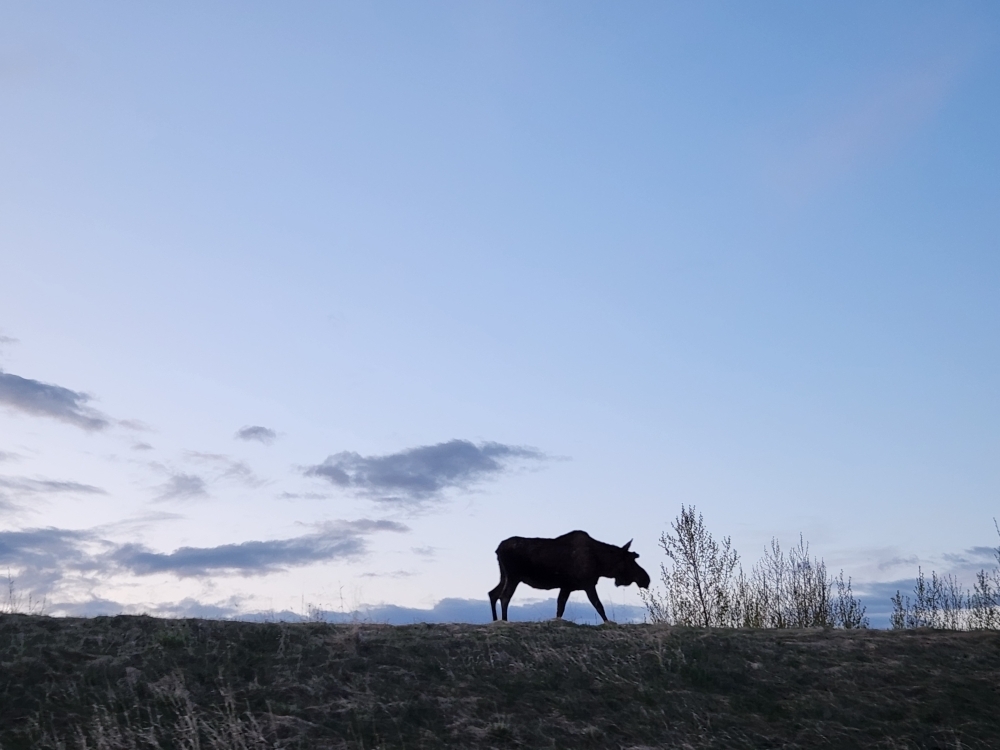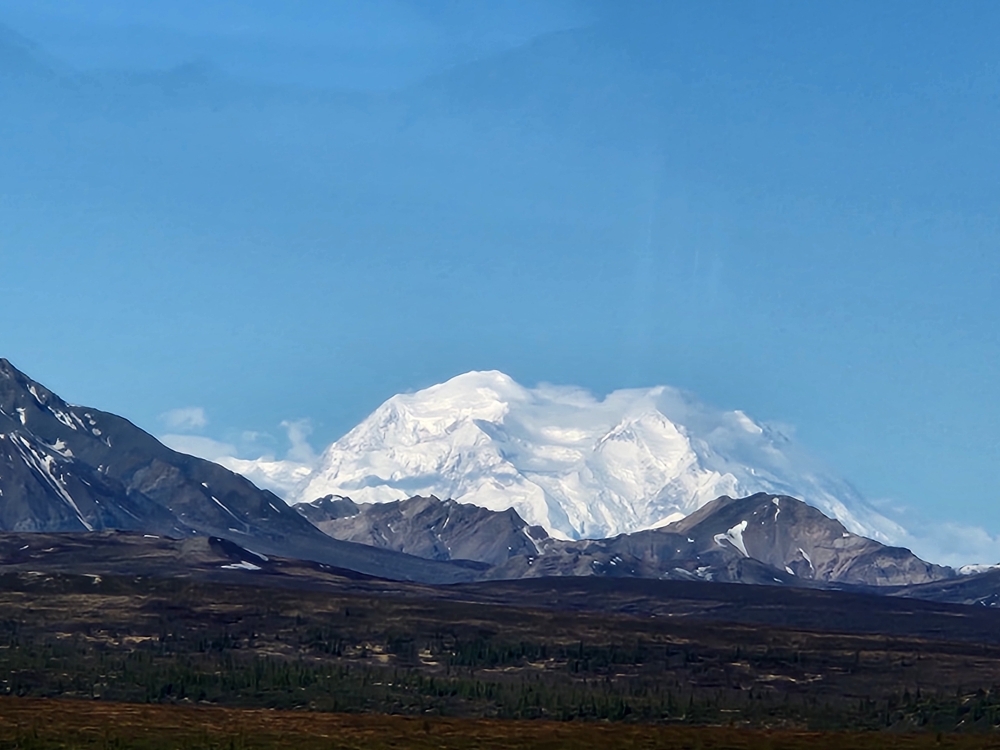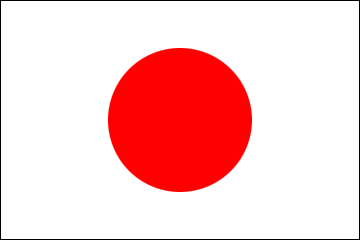About Alaska
Alaska is the 49th state of the United States. U.S. Secretary of State William Seward purchased Alaska from Russia for $7.2 million in 1867. Alaska became a U.S. territory after the purchase (known as Seward’s Folly among critics), but was not granted statehood until January 3, 1959.
Alaska is the largest state in the U.S. The area of Alaska’s land is larger than the area of the next three largest states, Texas, California, and Montana, combined.
Alaska is also the least densely populated state, with only about 1.3 person per square mile of land. In 2024, the total population of Alaska was about 740,133.
The state capital is Juneau, located in the Southeast region of Alaska. Juneau is the third largest city in Alaska, after Anchorage in the Southcentral region and Fairbanks in the Interior region.
Nature

Alaska’s terrain is wide and diverse, with tundra in the north, islands in the south, and mountains, trees, and bodies of water everywhere. A diverse array of wildlife, such as moose, eagles, and whales live in and around Alaska.
Alaska is also unique in that many parts of the state are not accessible by driving. Juneau, Alaska’s capital city, can only be reached by boat or plane. Because of the limited road network, the Alaska Railroad plays an important part in the state economy.
The natural beauty of Alaska attracts many domestic and international visitors every year. Tourists visit Alaska to experience hiking, fishing, kayaking, and other outdoor activities.
Mountains

Rivers and Lakes

Glaciers


